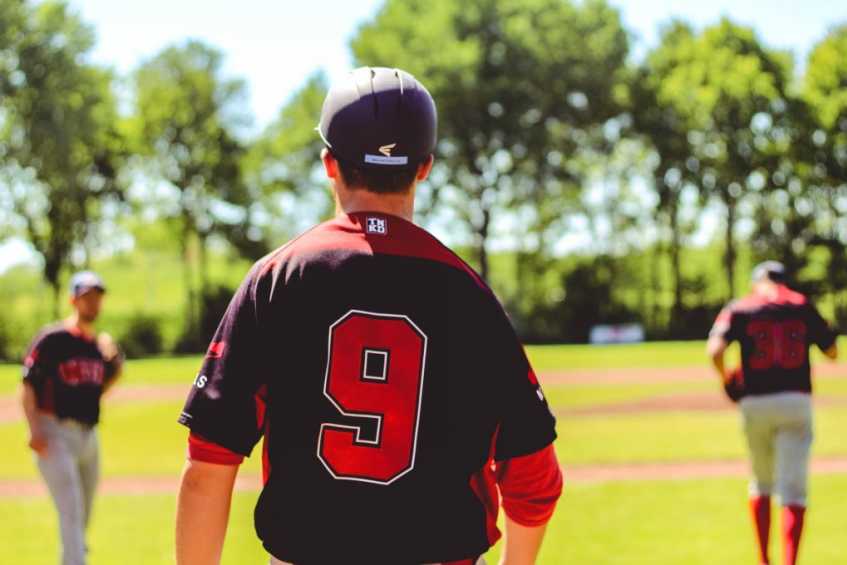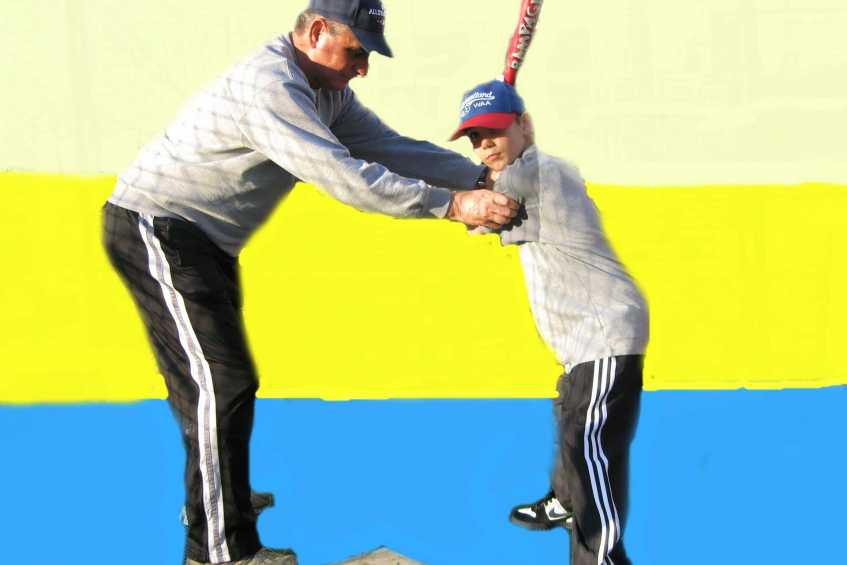

I wish I had a dollar for every time a player hit the ball, a bystander yells good job, and I respond with "That was not the right swing." Or, for the times I said good swing and the batter completely missed the ball.
A difficult thing for baseball players, parents, and coaches to understand is that a swing and miss may not mean the fundamentals of the baseball swing were wrong. As proof, watch a major league game and notice the high number of swings and misses that occur. It is natural for players to think that no contact means they did something wrong but they must learn that a few misses are no reason to panic.
At first, one might think the title of this article is a joke. In reality, it is accurate. Contact does not need to happen for the correct baseball swing. Players and coaches should learn that every time a batter misses a pitched ball or two, the swing may be perfect. Even the best baseball swings produce swings and misses. On the reverse side, players can have the wrong mechanics and put every ball in play. These facts indicate the value of having a knowledgeable hitting coach. They decipher the correct baseball swing from the incorrect, whether contact comes or not.
Thinking contact is the only goal in batting practice gets to the heart of the problem. Kids with excellent hand-eye coordination figure out ways of making contact without regard for the right swings. Before long they change just to make contact. With that process, they develop bad hitting fundamentals that are difficult to change later. Allowing the wrong swing and praising contact catches up to players when the field size and caliber of play increases. Proof of that comes a few years down the line, when adults complain, "They always make contact but never drive the ball."
The goal of batting practice is developing the correct swing, as well as gaining confidence and timing. Contact alone does not improve their swing or chances for a better baseball future. A sign of a good baseball swing is players driving balls. Even more so, is hitting balls to all fields with authority, based on the pitch location. And yes, that comes with swings and misses sometimes.
The nature of the swing, with trying to get to a palm up, palm down hand position, leads to missed balls at times.
Of course, too many swings and misses are a sign of problems, but once again, timing, practice, and adjustments may be necessary, not an overhaul of the swing.
Swing and misses create the challenge of learning to make hitting adjustments.
Missing balls may result from bad vision (taking their eye off of it).
To make the point of the importance of driving balls, remind young players that when they are freshmen in high school they play on a major league diamond. They must be able to power balls through the infield and outfield at that age.
Coaches should look for tendencies and not concern themselves over occasional misses. Allowing players to adjust their swings just to make contact is not always the best philosophy.
A good way to find out how fundamentally correct the swing is with having players take some swings off the batting tee. This analysis is most useful by placing the tee at the more difficult to hit pitches, like at the knees, letters and on the corners. Line drives should result in almost every ball. Otherwise, the swing is not as good as maybe thought. Of course, live hitting is not as easy as the batting tee. But, batting tee practice can prove a player's capabilities and groove the perfect swing.
After playing major league baseball, Jack Perconte has taught baseball and softball since 1988 and offered valuable coaching training too. He has helped numerous youth players reach their potential, as well as having helped parents and coaches navigate their way through the challenging world of youth sports. Jack is one of the leading authorities in the areas of youth baseball training and coaching training advice.
All Jack Perconte articles are used with copyright permission.There are 0 comments on "Baseball Swing Thoughts - Don"™t let Contact Get in the Way"
chandler allen says:
"Hi my name is chandler, i’ve enjoyed..."
On Wanting to tryout for summer ball. as an 18 year old
david graham says:
"With no current MLB team in Canada,..."
On With no current MLB team in
Charles Chavez says:
"To All Coaches: Do you have13U or..."
On Looking for Games